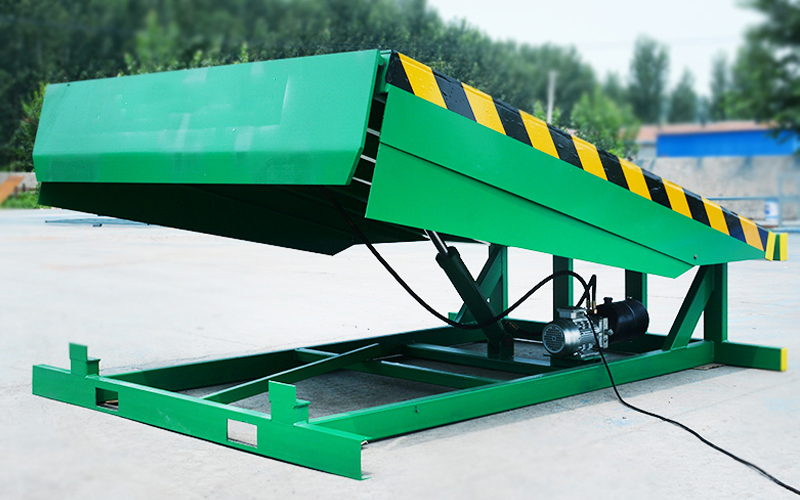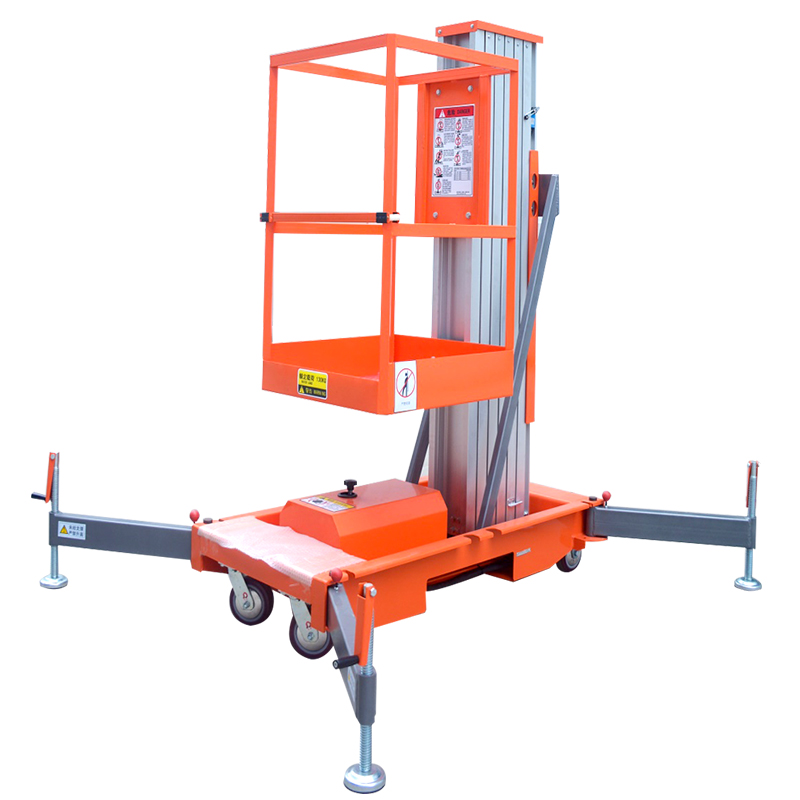![]() Hydraulic elevator configuration.pdf
Hydraulic elevator configuration.pdf
Hydraulic elevator is an elevator driven by hydraulic pressure. A hydraulic elevator is an elevator that uses a hydraulic power source to press oil into the cylinder to make the plunger move in a straight line, directly or indirectly through a wire rope to move the car. Hydraulic elevator is an integrated product of machinery, electricity, electronics and hydraulics. It is composed of the following relatively independent but interconnected systems. Pumping station system, hydraulic system, guidance system, car, door system, electrical control system, safety protection system.
882686.webp)
For traction elevators, the motor installed in the machine room, reduction gearbox, brake, etc. form a traction machine and are the driving force for traction. One end of the traction wire rope is connected to the car through the traction wheel, and the other end is connected to the counterweight device. In order to make the car and the counterweight in the hoistway run along the guide rails in the hoistway without rubbing against each other, a guide wheel is placed on the traction machine to separate the two. The gravity of the car and the counterweight causes the traction wire rope to press against the traction sheave groove to generate friction. In this way, the rotation of the motor drives the traction wheel to rotate, drives the wire rope, and drags the car and the counterweight to move relative to each other. That is, when the car rises, the counterweight falls; when the counterweight rises, the car falls. As a result, the car reciprocates up and down along the guide rail in the shaft, and the elevator performs vertical transportation tasks.
The features of the traction elevators:
1. Quiet and stable. The traction drive is relatively quiet (different brands of elevators are slightly different). The permanent magnet synchronous gearless traction host has no reduction box and no mechanical sound of gear friction. As long as the installation and debugging are in place, it runs very smoothly. The motor completely relies on frequency conversion and voltage conversion to adjust the speed, and can adjust a perfect operating speed curve.
2. Energy saving and environmental protection. The permanent magnet synchronous gearless main engine does not require regular addition and replacement of oil, so there is no possibility of oil leakage. The motor power is relatively small, generally around 1KW for home villa elevators, which is very energy-saving and similar to home air conditioners.
3. The safety system is perfect. In addition to the conventional safety components of the elevator system: safety gear, speed limiter, and buffer, traction home elevators are generally equipped with the following safety configurations: ARD power outage emergency protection device, which automatically opens the door at a slow speed to release people after a power outage; Slow-speed leveling operation function; built-in wireless plug-in phone in the car; automatic fault detection and other functions. Relying on the control of safety components, even if the suspended elevator wire rope is suddenly cut off, the car will be firmly stuck on the track and will not fall down the ladder at all.
Hydraulic vs traction residential elevator
1. the power structure of hydraulic and traction residential elevator:
(1)The traction elevator uses the traction machine directly as the power source. This structure has relatively little loss.
(2)The hydraulic elevator uses a hydraulic pump as the power source to push the hydraulic cylinder to expand and contract to achieve the lifting function, which involves a certain amount of loss.
2. lifting structure and safety of hydraulic and traction residential elevator:
(1) The traction elevator adopts a relatively simple direct lifting structure, which is pulled by a wire rope in the middle. Safety anti-fall devices and anti-top protection devices must be adopted.
(2) Hydraulic elevators can be divided into straight-top type and traction type: the straight-top type is more expensive but effectively avoids falling and topping. Like the traction type, the middle ring is pulled by a wire rope, and also requires anti-falling and anti-topping.
3. Work efficiency of hydraulic and traction residential elevator :
(1)The traction elevator has no intermediate links and has low loss and high speed.
(2) The intermediate link of the hydraulic elevator uses oil cylinder transmission, which has certain losses and is slower than the traction elevator.
4. Noise of hydraulic and traction residential elevator :
(1)The synchronous traction machine used in the traction elevator has relatively low noise.
(2) Since the hydraulic elevator relies on pressure to lift, the load on the motor is increased and the noise is relatively loud.
5. Maintenance and faults of hydraulic and traction residential elevator :
(1)Generally, the mechanical failure of traction elevators is very low. The electrical appliances are now in a very mature technology stage and the failure rate is relatively low. Maintenance is also relatively simple and easy to operate.
(2) Hydraulic elevators use hydraulic pumps and hydraulic cylinders. Although the technology is relatively mature, there is still a hidden danger of hydraulic oil leakage. The electrical data is relatively complex, especially the later failure rate is slightly higher. Maintenance is relatively complicated and requires regular inspection of hydraulic oil quality issues.
6. How to choose from hydraulic elevator and traction elevator?
(1)depends on install space, if you have abundant space for elevator, already have pit, overhead height is over 2650mm, then no matter how many stops, you can always choose a traction elevator. If the install space is small, overhead height is not enough, no pit, than you can choose hydraulic elevator.
(2)depends on storey, if your house has more than 5 stops, lifting height is more than 12m, we recommend traction elevator, otherwise you can choose both.
(3)depends on budget, if your budget is not limited, than you can choose traction elevator, but if you want to spend less money, hydraulic elevator will be your best choice.
If you still don’t have idea how to choose a suitable elevator for your lovely home, please do contact us, our engineer will give you advice based on our decades experience. Please feel free to contact us.
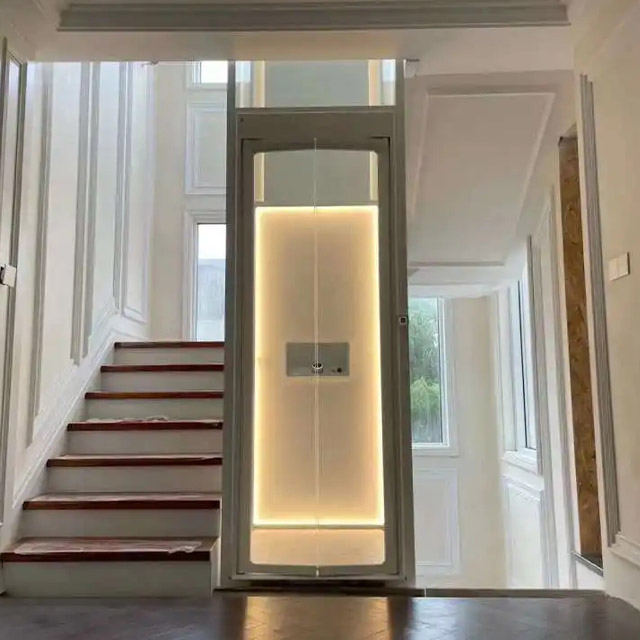
222.webp)
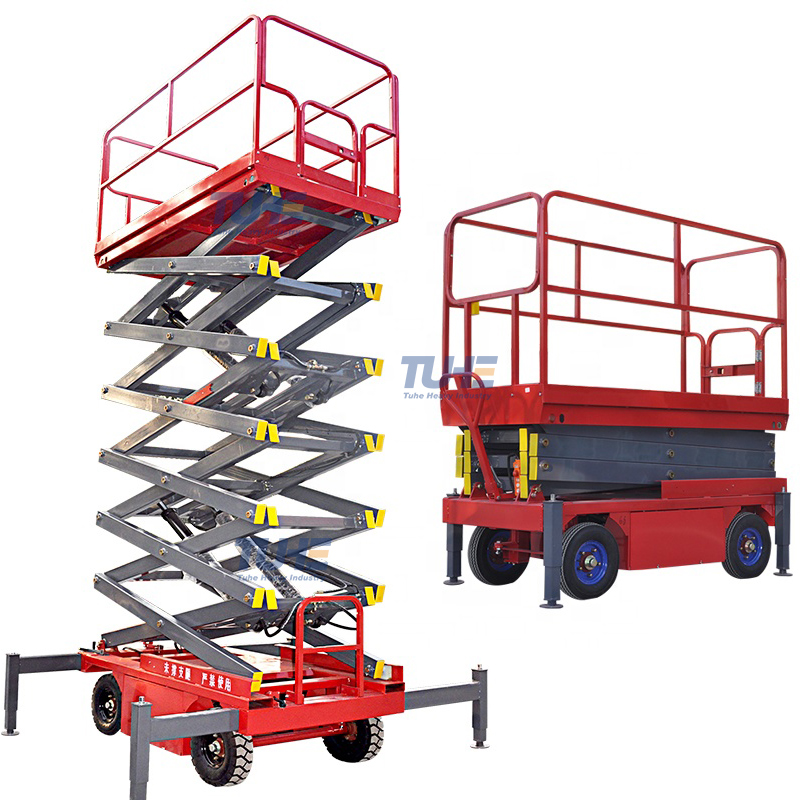
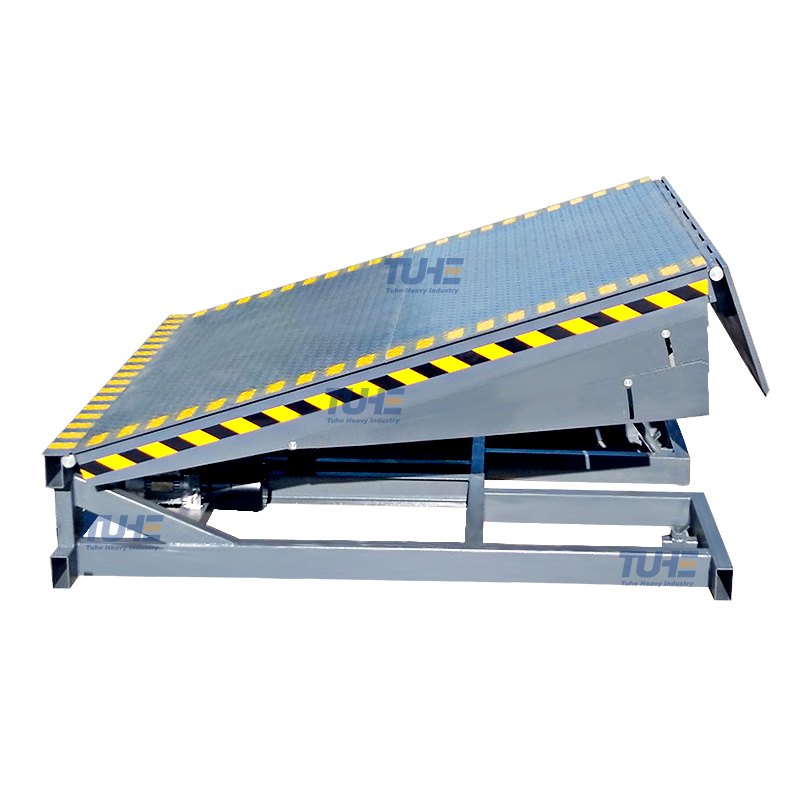
660.webp)
503.webp)
695.webp)
